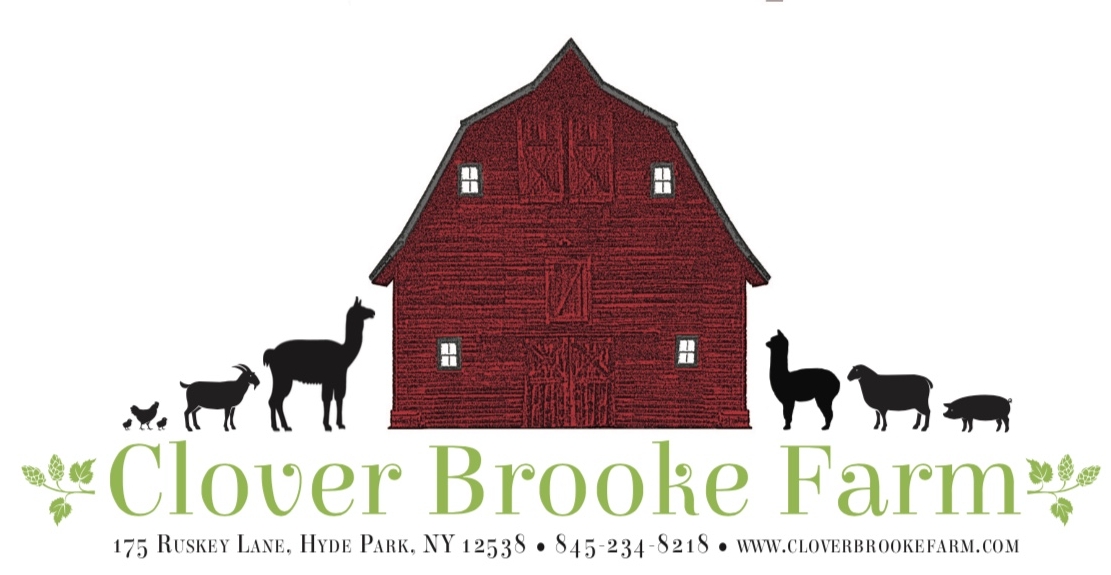Llamas to the Rescue
Dr. Mike Tibbetts, Professor of Genetics at Bard College and Co-Owner of Clover Brooke Llama & Alpaca Farm, Hyde Park, NY is on the road with Sydney the Llama, spreading the word!
Bard College ‘Ask an Expert’ post by Dr. Mike Tibbetts
The holy grail for fighting the COVID 19 pandemic is a safe effective vaccine. However, vaccines don’t help people already infected with the virus. Therefore, an antiviral treatment would be an important tool to help infected people, while we wait for a vaccine to be developed. Despite some initial excitement about combination therapy with hydroxychloroquine and azithromycin, no clearly effective treatment has been found.
The spike protein on the surface of SARS-CoV-2 (COVID 19), needs to bind to the ACE2 protein on the surface of human cells in order to infect them. If we could find a molecule that binds to the part of the spike protein that binds with ACE2 and blocks the interaction, it would be a good candidate, therapeutic molecule. It would be even better, if the molecule was so specific that it didn’t interact with anything in the host, minimizing the possibility of side effects. We would also need a way to efficiently make lots of the molecule.
Llamas to the rescue!
A recent report describing just such a potential therapeutic molecule for SARS-CoV-2 has been getting some attention. The therapeutic molecule is derived from a type of antibody made by Llamas. While all vertebrates produce antibodies as part of an immune response to infection, Camelids (including Llamas) make an additional, interesting form of antibodies that have particular promise as therapeutic agents.
As I wrote in an earlier post, antibodies are proteins that recognize and bind to foreign substances (antigens), including proteins on the surfaces of viruses. Antibodies have a characteristic size and shape. Each is composed of four protein chains and harbor two identical sites that bind an antigen molecule. In addition to the conventional form, Llamas make another form of antibodies that have only one antigen binding site and are smaller than conventional antibodies. It is their small size that makes them so interesting, and through recombinant DNA technology, they can be made even smaller, creating so-called nanobodies.
In the world of proteins, Human antibodies are relatively large, with a mass about three times the average. Their relatively bulky structure can make it difficult for them to access all of the nooks and crannies of their target antigen. In an immune response, this is generally not an issue, since the binding of an antibody to any part of an antigen acts as a flag, targeting the antigen for destruction by other components of the immune system. Those human immune system components only recognize human antibodies. So, treating a virus with antibodies from a non- human species would not be effective, unless those antibodies recognize the specific part of the virus’ spike protein that allows it to infect host cells. This is where size matters. Very small proteins are more likely to have access to all parts of the spike protein. In addition, small proteins tend to be more stable and hence are effective for a longer period of time and require lower doses.
Nanobodies:
Nanobodies are antibodies, derived from the non-conventional Llama antibodies, which are engineered to be even smaller. An international, collaborative group of researchers have found a nanobody that binds to the very spot on the SARS-CoV-2 spike protein that interacts with the
human ACE2 protein. The scientists who describe the nanobody also showed that when it binds to the spike protein it prevents SAR-CoV-2 from infecting cells in culture1.
The scientists started by immunizing a Llama with just the spike protein from the related SARS- CoV-1 and MERS-CoV coronaviruses. They then isolated antibody producing cells from blood donated by the Llama and screened them for those producing an antibody that recognizes the spike protein. To make the even smaller nanobody, the group took just the relevant part of the Llama antibody gene and put it into yeast. The yeast was used to make lots of the nanobodies that were then tested for effectiveness. One of several nanobodies they tested completely blocked infection of cells in culture.
While we wait and hope for an effective vaccine, therapeutics to treat infected people are desperately needed. Nanobodies derived from Llamas are an intriguing possibility. The scientific community has been investigating the potential of Camelid antibodies for a couple of decades and there is cause for optimism about both their safety and efficacy.
1 Wrapp D, De Vlieger D, Corbett KS, et al. Structural Basis for Potent Neutralization of Betacoronaviruses by Single-Domain Camelid Antibodies [published online ahead of print, 2020 Apr 29]. Cell. 2020;S0092-8674(20)30494-3.
